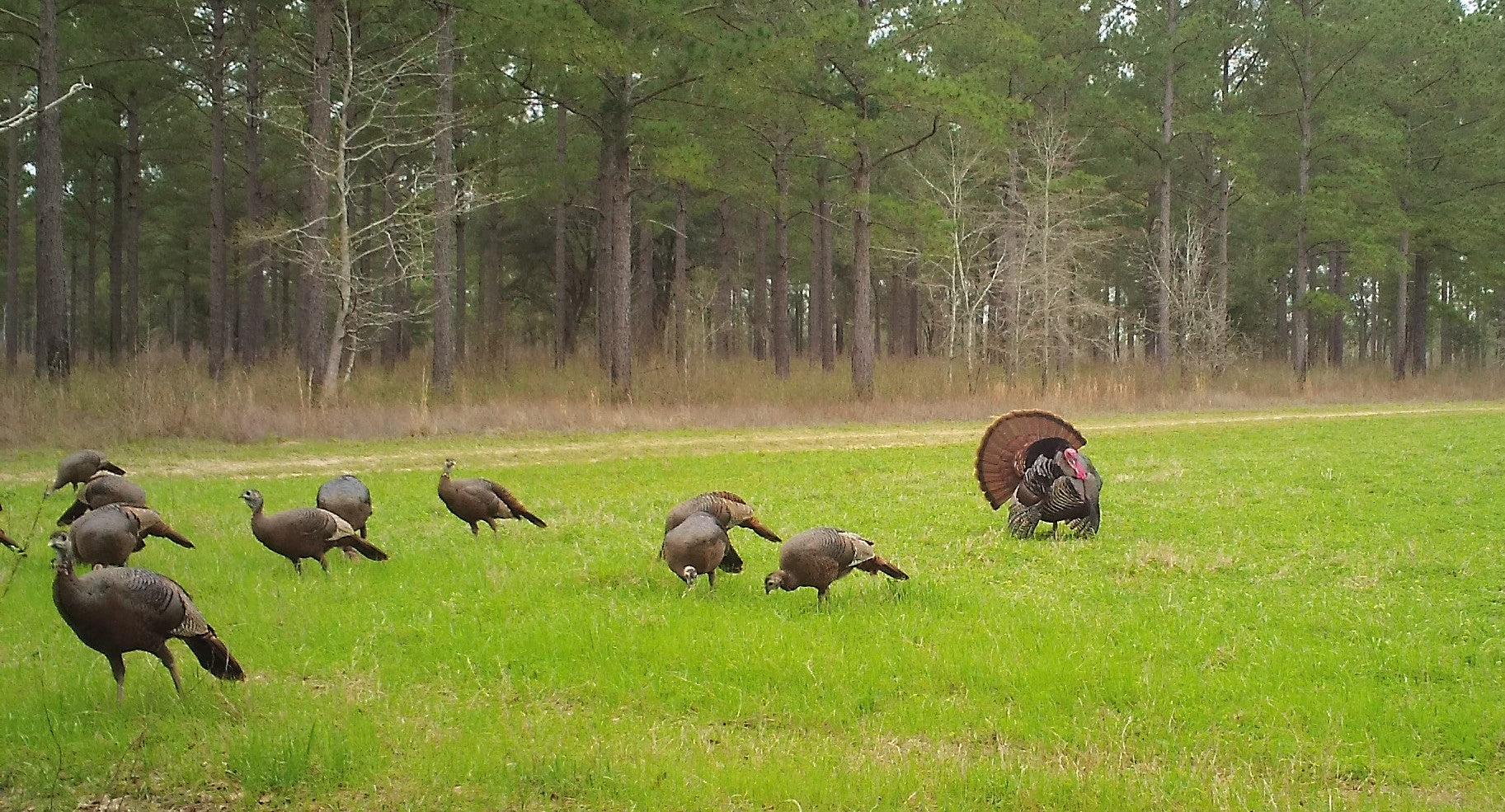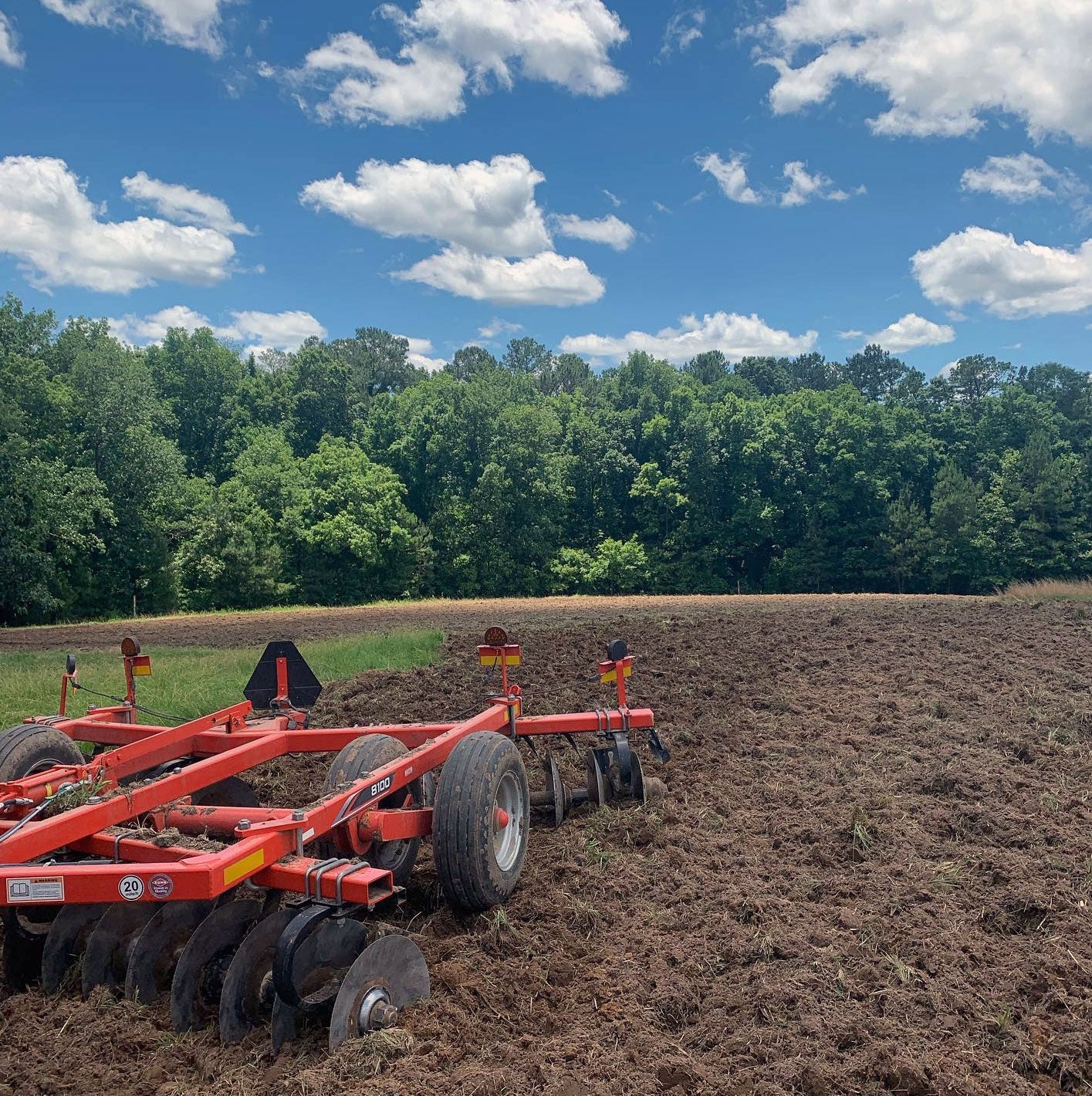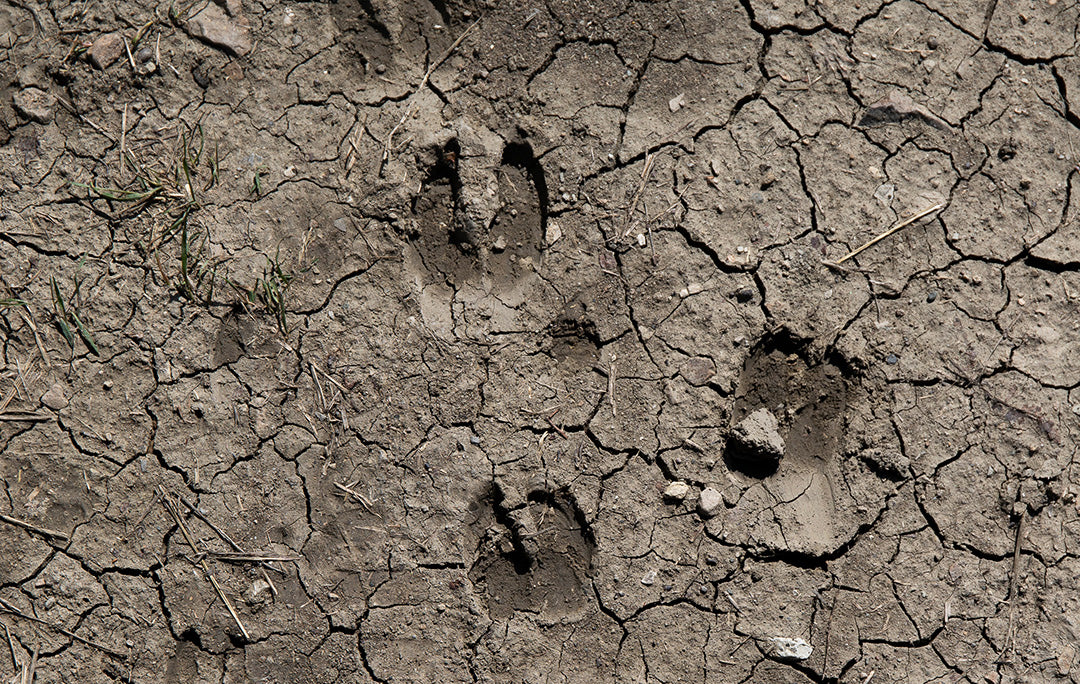Whitetails and Water Guzzlers, Part 2: One Year of Whitetail Hydration and Water Banking
It’s August as I type this article and it’s hot and dry across much of the whitetail’s range. Although it’s not the only time we should be concerned with water availability on our properties it’s certainly the most obvious time. Last August I sent out an e-newsletter entitled “Whitetails and Water Guzzlers: Gaining control of whitetail hydration.”
I packed a lot of information into that article where I ultimately proposed the following question:
“Why do we feel it’s of utmost importance to spend so much time placing food plots in specific areas and in a very detailed shape/size but we never entertain strategically placing SURFACE WATER SOURCES (i.e. water guzzlers) to minimize stress, shrink distance traveled for hydration and ultimately maximize the health of our deer herds?”
I continued by stating, “The benefits of a plentiful water supply for whitetails are too numerous to detail in this e-newsletter. You almost can’t go a day without someone telling you about the importance of drinking plenty of water throughout the day. Therefore, I’m sure you won’t argue with me when I say: “Free water” (i.e. ponds, streams, rivers and lakes) availability may not be a limiting factor in whitetail survival; but it’s certainly a limiting factor in MAXIMIZING their health. Strategically locating “free water” sources (guzzlers) is an underutilized strategy when micro-managing hunting properties. In my opinion, “free water” availability is severely underrated as a limiting factor in white-tailed deer management.”
I stand by this claim. Starting in 2007 I began researching cost effective techniques to get water to my client’s properties. As I mentioned in part 1 last August, I had been testing different techniques and products. In this article I’d like to provide you with an update on the water guzzler I discussed in part 1.
Prior to my research I developed a list of questions and concerns that I felt needed to be addressed prior to recommending this particular water guzzler to clients. Below I’ll detail a few with what I’ve discovered at the one year anniversary of setting this particular guzzler in the ground. For more information and a photo album you can visit the Drop-Tine web site at http://www.droptinewildlife.com/water.php
Question #1: Is it difficult to install? Installation was simple! I opted to bury mine fairly deep. In hindsight, I’d listen to the manufacturer as burying my guzzler was NOT necessary! In fact, the guzzler can just sit on the ground; a great option if your property is rocky and challenging to dig in. I’ve always felt that deer are more comfortable drinking where they can escape predators by jumping forward, over the water source. Therefore, I buried the guzzler.
Question #2: Safety and Contamination to the Water Supply: Is it safe for wildlife of all shapes and sizes?
Yes. The nonslip surface set at a 20% grade allows all species to safely enter and exit the trough. Allowing small game to enter and safely exit the trough prevents contamination of the water supply. I’ve observed fawns, bucks and does safely walking in the deepest part of the trough.
Question #3: Will it stay full with additions only coming from rain water?
Yes. There’s no better time to answer this question than RIGHT NOW! It’s consistently been in the 90s with very little or no rain for a few weeks. The guzzler is full! Again, just one inch of rain adds 35 gallons of water to an 8 foot diameter guzzler!
Question #4: How long will it take deer to get comfortable with it?
Will MATURE bucks feel comfortable drinking from it?
IF MATURE bucks drink from it do they visit the drinker during “shooting hours” of the hunting season?
I was extremely curious about the three parts to question #4. Deer, including mature bucks, took to it within 10 days. I’m convinced that our friends at Trophy Rock helped us out here as the deer were comfortable approaching the Trophy Rock positioned a few feet from the trough. I knew the result of this question would determine the level of success of the entire project. I was fully aware that whitetails feel much more comfortable drinking at a water source that allows them to jump over it in the event that they are ambushed by predators. I’ve seen several photos of deer jumping the reservoir, including fawns. In most cases, they are younger bucks being chased away from the water source by more dominant bucks or mature does.
The best part: Mature buck utilization spiked during daylight hours during the rut! Interpret this as you wish. I did not set up a stand over the guzzler for several reasons; however, if it was hunted properly and persistently shot opportunities at mature bucks were abundant. I can’t say that my plans won’t change this coming season!
As fawns get older and more mobile I’ve noticed they made more visits during the month of July than any other age class. As a biologist/manager this tells me to keep an eye on any potential use of these sites by predators such as coyotes, black bears and feral dogs for ambushing fawns. I have captured photographs of a red fox stopping for a sniff; however, that commonly happens at all of my camera sites frequented by deer, turkeys, etc. To date, I have not noticed any evidence of predation at the guzzler and I don’t suspect a problem as most fawns are older when visiting the guzzler.
Finally, while it’s been a full year since we installed the guzzler on Drop-Tine Farms-PA I haven’t yet scratched the surface to answering the long list (and growing) of questions I have about employing water guzzlers as a water banking and whitetail hydration technique. I’m watching closely as bucks of all age classes REGULARLY visit the guzzler during the summer months. How will this impact the coming hunting season? Stay tuned and visit the web site for more photographs http://www.droptinewildlife.com
Posted by Jason Snavely











Leave a comment